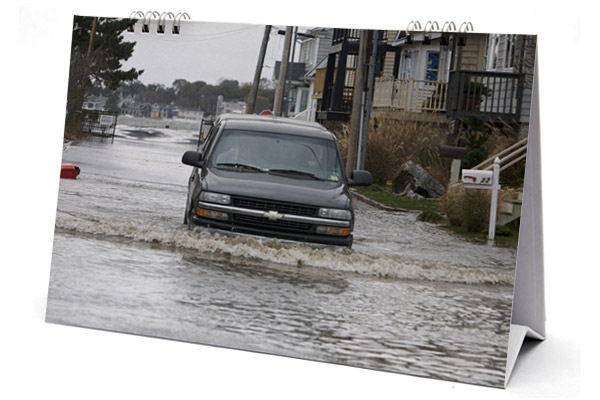Every day, the generation that drove America’s love affair with the automobile draws closer to death retirement. And who better to help us figure out what that means than the AARP?

A new report out from its Public Policy Institute considers whether America’s baby boomers may be moving toward lives that rely less on cars. From the Associated Press:
How long those 74 million people born between 1946 and 1964 continue to work, whether they choose to live in their suburban houses after their children leave home or whether they flock to city neighborhoods where they are less likely to need a car will have important ramifications for all Americans.
On the one hand:
Most boomers live in the suburbs and are expected to remain in the homes where they raised their children even after they become empty nesters. The housing bust has also trapped many older boomers in large homes whose values have fallen, sometimes below the balance of their mortgages.
On the other hand:
Demographers have noted an uptick in retirees moving to central cities where they’re less dependent on being able to drive. Because there are so many boomers, if a significant number move to central cities, it could drive up housing costs and force cities to make greater accommodations for the elderly, such as more benches at bus stops or a slowing of the timing of pedestrian crossing lights.
We’ve noted before that at least a few boomers are heading from the ‘burbs into cities, but it doesn’t yet look like a mass trend.
Even though people tend to travel less after they hit age 55, car travel in the U.S. — which started slowing in 2006 but has now mostly leveled off — is an intrinsic part of baby-boomer life. Will aging really change that?
“With this immense slug of the population sliding off their peak driving years, we would have to expect total travel might go down a bit,” said Alan Pisarski, author of the Transportation Research Board’s comprehensive Commuting in America reports on travel trends.
But the auto industry wants to keep boomers on the roads:
Automakers are banking on boomers being able to stretch out their driving years with the aid of safety technologies — like adaptive cruise control, forward collision warning systems and blind-spot monitoring — that are becoming more common in cars. The transportation needs of millions of boomers aging in the suburbs may build greater public acceptance of automated cars that drive themselves. Some states already permit road testing of these vehicles.
The Associated Press titles its story, “Aging drivers present new transportation challenges.” For car manufacturers, sure — it would be quite a challenge to develop cars that could be safely operated by aging drivers who are losing their sight if not their marbles.
But far more than challenges I see opportunities for all of us to retire our car-centric lifestyles along with the boomers. If boomers embrace the shift, they could organize their powerful voting block to push for more train and pedestrian (and even cycling) infrastructure nationwide. We might even see buses going to the (gasp) suburbs.




